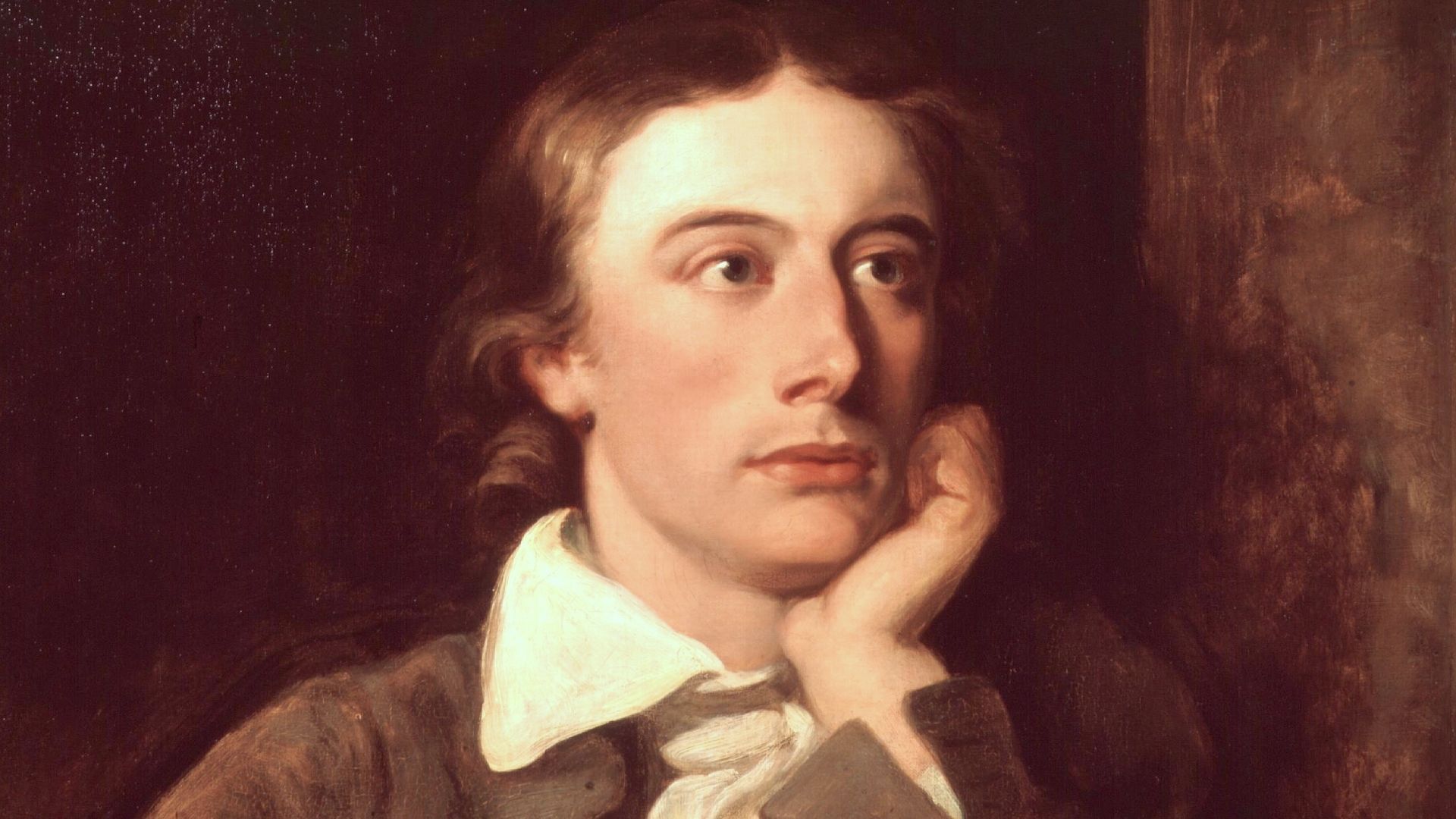Ode Comments
Bards of Passion and of Mirth,
Ye have left your souls on earth!
Have ye souls in heaven too,
Double lived in regions new?
...
Read full text
FIVE: In poems like "Ode on a Grecian Urn, " he explores the idea that beautiful things—like the immortal figures on the urn—outlast mortal beings..
FOUR: Mortality and Death: Throughout his work, Keats contemplates death's inevitability.
THREE: Keats seeks refuge from life's struggles by immersing himself in the nightingale's world.
TWO: Escapism and the Imagination: "Ode to a Nightingale" also delves into escapism through the power of imagination.
ONE: Transience of Life and Beauty: In "Ode to a Nightingale, " Keats grapples with the impermanence of life and beauty. The nightingale's eternal song contrasts with our fleeting existence.
Keats died very young at the age of 26, tuberculosis was his sufferings through almost all of his poems Death was his main object, compared with Beauty.5 Stars!
LAST but not the least: Really very beautiful. I have other thoughts about Keats, but that would make my comment too too long
TWELVE: and find comfort in the timeless and beautiful aspects of existence. That's why Keats had become my most favorite poet since high school.
ELEVEN: So Keats's odes (they have a lot in common) explore mortality, beauty, and the human desire for permanence and meaning. They invite readers to reflect on the fleeting moments of life
TEN: The central theme is not just about nightingales, urns or seasons. Instead, it is the poet's eternal search for refuge in an ever-changing world.
NINE: Unlike mortal beings, beautiful things last forever and display their beauty forever. The eternal search for refuge, In his odes, Keats struggled with the dichotomy between the ideal world and realty within the order of experience.
EIGHT: such as urns ("Ode on a Grecian Urn") , books ("On First Looking into Chapman's Homer") , birds ("Ode to a Nightingale") and stars ("Bright star, I would be steadfast as you are."
SEVEN: Although we all die eventually, we can choose to spend our time alive, and immersed in aesthetic experiences.His speakers consider various beautiful objects and landscapes, !
SIX: The Contemplation of Beauty, Keats posited that contemplating beauty could postpone the inevitability of death.
FIVE: his poetic dreams of achieving greatness comparable to Shakespeare or John Milton.
FOUR: In poems like "On Seeing the Elgin Marbles, " he contemplated mortality through great beauty and art. His sonnet "When I have Fears that I may cease to be" expresses his fear that death might interrupt
THREE: Whether it is the end of a loved one's embrace, the images on an ancient urn, or the harvesting of grain in the fall, Keats saw these not only as symbols but also as actual instances of death
TWO: ODE? John Keats has written many ODES. Keats struggled with the concept of death throughout his work. The inevitability of death! He believed that small, gradual acts of death occurred daily, and he recorded these mortal events.
ONE: WOW! Keats again, his poem Ode as The Classic Poem Of The Day, Hooray! My most favourite poet!

SIX: Keats's odes are rich with emotion and vivid imagery, inviting readers to ponder life, beauty, and mortality